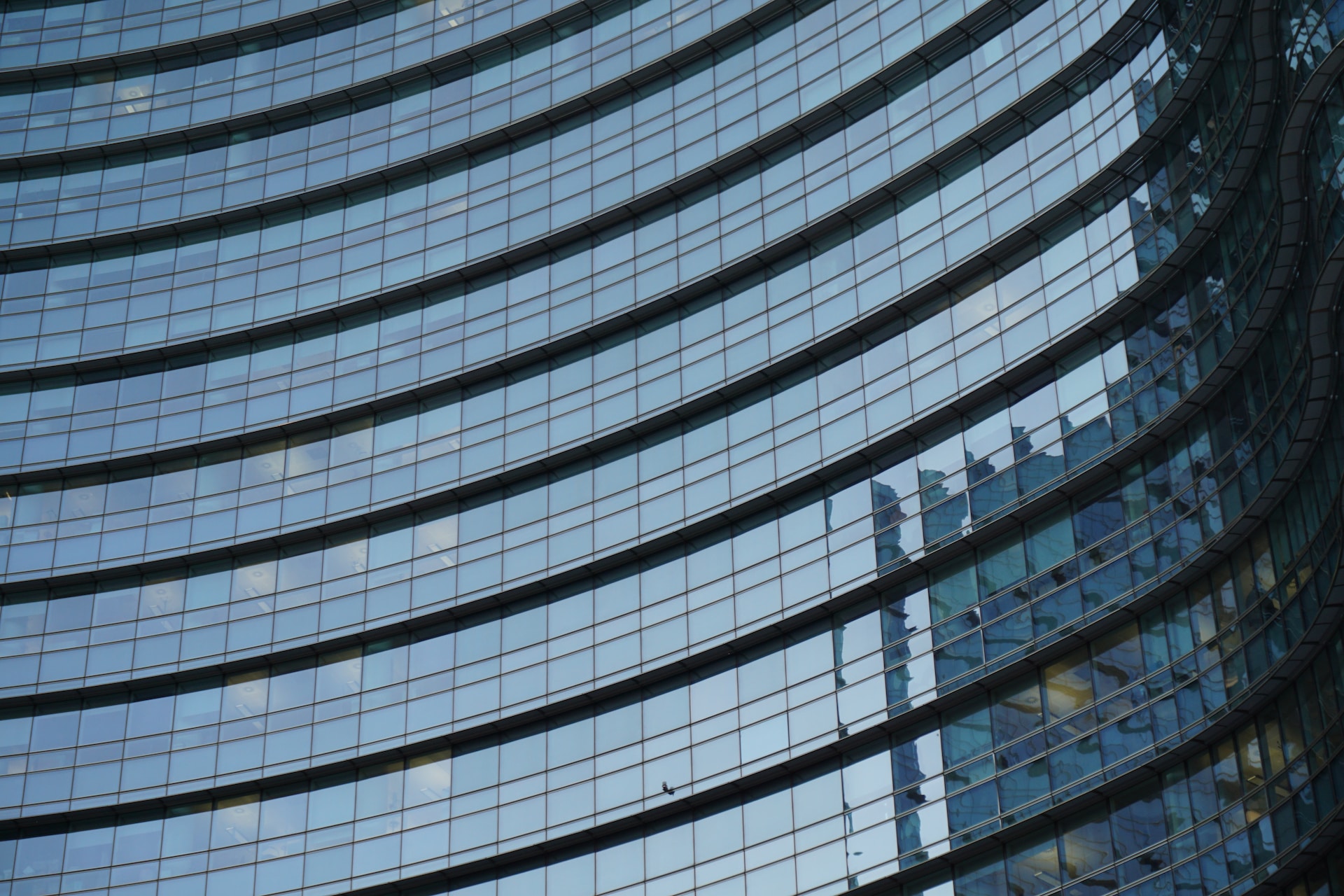It is important to decrease the amount of heat entering retrofit buildings in order to improve cooling efficiency and energy performance. By using effective techniques, the cooling load and energy consumption can be reduced. The following practical advice can help achieve this goal.
In retrofit buildings, improving the cooling efficiency is crucial for various reasons such as reducing energy usage, improving the environment, enhancing the comfort and productivity of the occupants, extending the lifespan of equipment, saving costs, ensuring good indoor air quality, and promoting climate resilience.
The article thoroughly examines ways to improve cooling efficiency in existing buildings. It suggests practical methods to decrease the amount of heat that enters the building, discusses the use of technology, and emphasizes the significance of regular maintenance and monitoring.
Understanding Heat Gain
The following segment focuses on heat gain, which is the process of transferring heat into a building. It examines the factors that cause heat gain in retrofitted buildings, including solar radiation, conduction, and air infiltration. Furthermore, it discusses ways to measure heat gain to evaluate the building’s thermal efficiency.
Ways to decrease the amount of heat that is gained.
Here we provide advice on how to reduce the amount of heat that enters a building during a retrofit. It discusses various types of insulation and how to install them, suitable options for retrofitting windows and doors, ways to seal air leaks, and the importance of ventilation. The benefits of reflective roofing are also covered, along with the different materials available and important considerations for installation and maintenance.
Role of Technology
This segment discusses the ways in which technology can improve cooling efficiency, such as through the use of smart thermostats and automated zoning systems. It also looks at how energy-efficient lighting and appliances can contribute to this goal. The article considers the impact of technology on energy consumption and its potential to enhance cooling efficiency.
Maintenance and Monitoring:
The following section places great emphasis on the significance of regularly maintaining your cooling system to ensure it performs at its best. It highlights the significance of keeping a close eye on your energy consumption to identify any inefficiency and offers advice on how to use this data for ongoing improvements in cooling efficiency.
Conclusion
The article’s conclusion emphasizes the importance of cooling efficiency in renovated buildings and highlights the benefits of reducing heat gain. It also emphasizes the need for ongoing maintenance and monitoring to ensure sustained energy conservation and effectiveness.
